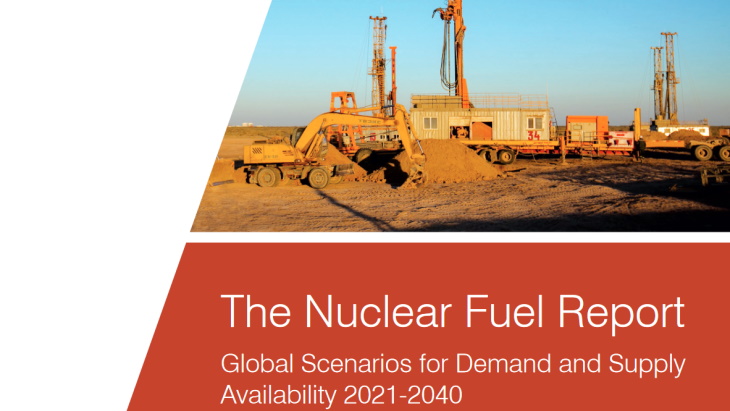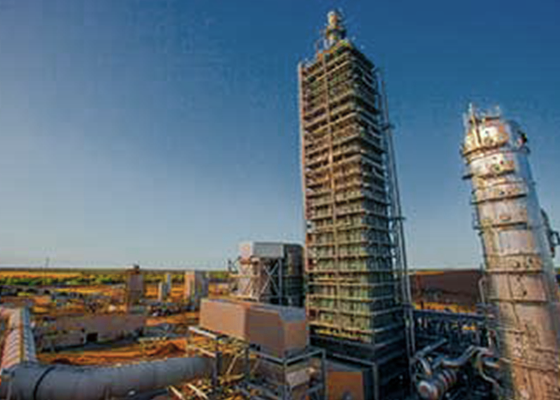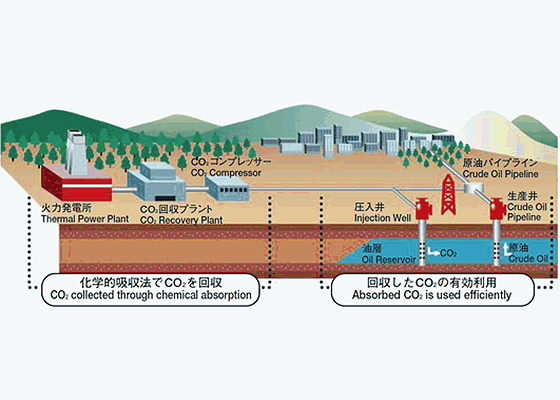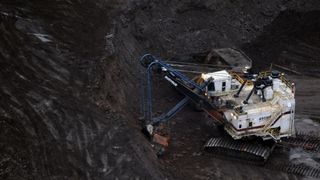NUCLEAR AS GREEN ENERGY GIVES IT A NEW LEASE ON LIFE
Nuclear fuel report sees positive long-term future
08 September 2021
World nuclear generating capacity is set to continue its upward trend with demand for uranium fuel increasing over the period to 2040, according to the projections in the latest edition of World Nuclear Association's Nuclear Fuel Report. Uranium resources are more than enough to meet that demand, but intense development of new projects will be needed in the current decade to avoid potential supply disruptions.
 (Image: World Nuclear Association)
(Image: World Nuclear Association)Nuclear generation capacity is expected to grow by 2.6% annually, reaching 615 GWe by 2040 in the Reference Scenario of The Nuclear Fuel Report: Global Scenarios for Demand and Supply Availability 2021-2040, launched today at World Nuclear Association Annual Symposium 2021. Only 74% of 2020's reactor requirements were covered by primary uranium supply.
The report is the latest in a series of reports published at roughly two-yearly intervals since 1975. Drafted with input from over 80 experts from across the global nuclear industry co-chaired by Alexander Boytsov of Tenex and James Nevling of Exelon Generation, the report uses publicly available information gathered from organisations active in the nuclear fuel cycle - both members and non-members of the Association - to produce projections for nuclear capacity and uranium production. Its three scenarios - designated Reference, Upper and Lower - cover a range of possibilities for nuclear power to 2040.
The proprietary model used by World Nuclear Association to prepare projections for fuel requirements has been thoroughly revised for this edition, with a reassessment of the various factors affecting nuclear fuel demand, such as thermal efficiency parameters, enrichment levels and fuel burn-ups.
Small modular reactors (SMRs) are considered in the report from a qualitative point of view but are not yet incorporated quantitatively in the model, other than the inclusion of the Russian-designed KLT-40S, two of which are now in operation on the floating nuclear power plant Akademic Lomonosov. Presenting the report today, Nevling said he expects that some of the projects currently projected for the later years in the report period will see the emergence of clusters of SMRs. "Our expectation is that by 2023, [the SMR] market will have matured sufficiently that we'll be able to shift from a qualitative treatment to a quantitative treatment," he said.
Nuclear power currently generates about 10% of the world’s electricity. It is expected to play an increasingly important role in future for reasons including its near-zero emissions of carbon dioxide and other pollutants, its on-demand, reliable and secure nature, and its long-term cost-competitiveness. In addition, its ability to produce near zero-carbon heat could help to decarbonise many hard-to-abate sectors of the economy. It faces several competitive challenges from other electricity generation sources, especially in deregulated markets, but while electricity demand growth has slowed down in some countries, the nuclear sector remains strong in many developing countries.
Capacity growth
As of mid-2021, global nuclear capacity was around 394 GWe (from 442 units), and about 60 GWe (57 units) was under construction. In the Reference Scenario, nuclear capacity is expected to grow by 2.6% annually, reaching 439 GWe by 2030 and 615 GWe by 2040. The Upper Scenario sees growth to 521 GWe in 2030 and 839 GWe in 2040. Even under the Lower Scenario, a steady increase in capacity projections is seen over the entire reporting period.
World reactor requirements for uranium estimated at about 62,500 tU in 2021 increase to 79,400 tU in 2030 and 112,300 tU in 2040 in the Reference Scenario; however, world uranium production dropped considerably from 63,207 tonnes of uranium (tU) in 2016 to 47,731 tU in 2020.
"The currently depressed uranium market has caused not only a sharp decrease in uranium exploration activities (by 77% from USD2.12 billion in 2014 to nearly USD483 million in 2018) but also the curtailment of uranium production at existing mines, with more than 20,500 tonnes of annual production being idled," the report notes. "Uranium production volumes at existing mines are projected to remain fairly stable until the late 2020s, then decreasing by more than half from 2030 to 2040."
Secondary supplies of uranium are projected to play a gradually diminishing role in the world market, and while commercial inventories will, in the near term, help in bridging the gap between supply and demand, the market remains undersupplied, the report finds. In the long term, the industry needs at least to double its development pipeline of new projects by 2040, it says. "There are more than adequate project extensions, uranium resources and other projects in the pipeline to accomplish this need, but it is essential for the market to send the signals needed to launch the development of these projects," it notes.
"Intense development of new projects will be needed in the current decade to avoid potential supply disruptions. A number of projects at very advanced stages of development are waiting for an improved supply-demand market situation in order to commence uranium production," the report says.
Beyond mining
The report also considers supply and demand in the conversion, enrichment and fuel fabrication sectors. Near-term requirements for uranium hexafluoride will be met by commercial inventories, and the ramp-up and restart of existing facilities by 2023, but more conversion capacity will be needed in the long term.
Existing enrichment capacity is sufficient to meet reactor requirements. Additional capacity might be needed in the second half of the next decade under the Reference Scenario - and in the current decade under the Upper Scenario - but the modular nature of centrifuge technology and the construction times for nuclear power reactors mean that expansion of enrichment capacity can take place in a timely way, and supply challenges are not expected, the report finds.
The fuel fabrication market differs from the other stages of the nuclear fuel cycle due to the specificity of the product: fuel assemblies are highly engineered and technological products designed for use in a particular reactor core, and the market itself is more regional in character than global. "The current geographical shift, with nuclear fuel demand increasing in Asia and decreasing in the West, may cause fuel vendors to move from a regional to a more global market approach," the report says.
"Given its unique combination of attributes - reliability, affordability, low-carbon and universal deployability - it is clear that nuclear energy will play an even larger role in the electricity and energy systems of tomorrow," World Nuclear Association Director General Sama Bilbao y León said following the launch of report. "The Nuclear Fuel Report makes it clear that sufficient uranium resources exist to meet the expected growth, but uranium markets need to rebalance to incentivise investment in uranium mining to support the expansion of the global nuclear fleet."
Researched and written by World Nuclear News




















 (Image: World Nuclear Association)
(Image: World Nuclear Association).jpg?ext=.jpg) The former enrichment site as it looks today (Image: EM)
The former enrichment site as it looks today (Image: EM).jpg.aspx)